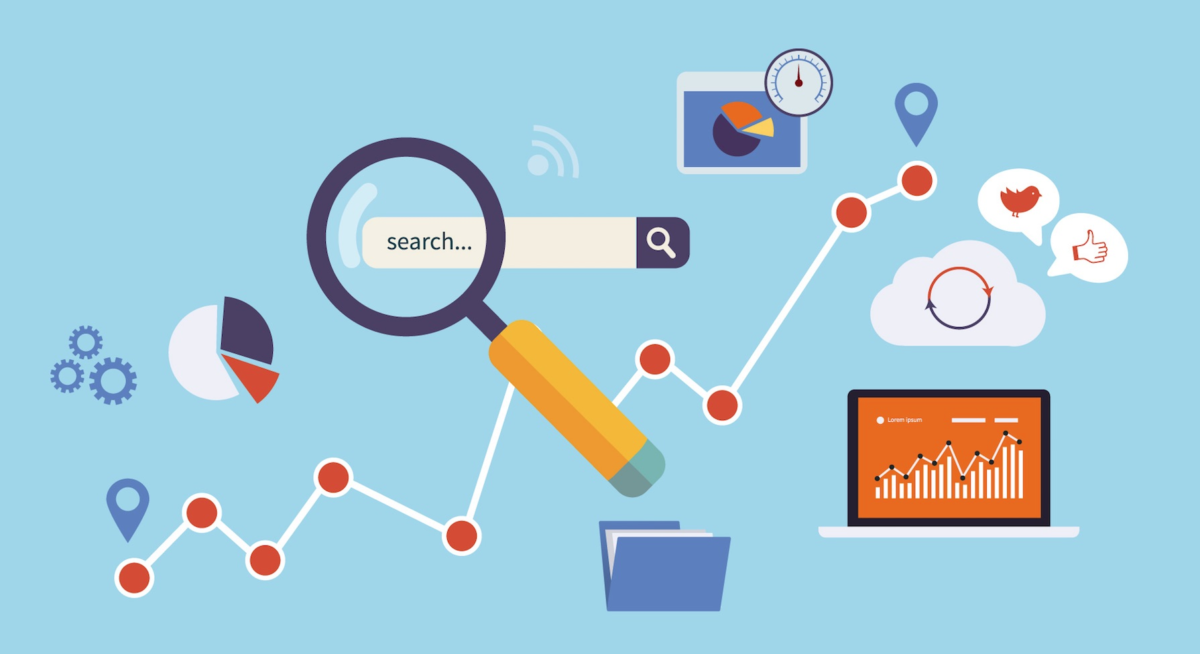A website is a powerful tool for any business or individual who wants to showcase their products, services, portfolio, or personal brand online. A professional website can help you attract more customers, increase your credibility, and grow your online presence. But how do you create a website that stands out from the crowd and meets your goals? In this article, we will guide you through the steps of creating a professional website in 2023, from choosing a domain name and hosting provider to designing and optimizing your site.
Choose a Domain Name
A domain name is the address of your website on the internet. It is what people type in their browser to access your site. For example, www.forbes.com is a domain name. Choosing a good domain name is important for your website’s success, as it can affect your branding, visibility, and memorability. Here are some tips to help you pick a domain name:

- Use keywords related to your niche or industry to help your site rank higher in search engines and attract more relevant visitors.
- Keep it short, simple, and easy to spell and pronounce. Avoid using numbers, hyphens, or abbreviations that might confuse people or make your domain name hard to remember.
- Choose a domain extension that suits your purpose and audience. The most common and popular one is .com, but you can also use other extensions like .net, .org, .biz, .co, etc. depending on your type of website and target market.
- Make sure your domain name is unique and not already taken by someone else. You can use a domain name checker tool like Domain.com or Network Solutions to see if your desired domain name is available or not.
Once you have decided on a domain name, you need to register it with a domain registrar service. This is where you pay a fee to own and use your domain name for a certain period of time, usually one year. Some web hosting providers also offer domain registration as part of their packages, so you can get both services from one place.
Choose a Web Hosting Provider
Web hosting is the service that provides the space and resources for your website to be stored and accessed on the internet. Without web hosting, your website will not be visible online. There are many web hosting providers to choose from, but not all of them are equal in terms of quality, performance, security, and customer support. Here are some factors to consider when choosing a web hosting provider:

- The type of hosting plan you need. There are different types of hosting plans available, such as shared hosting, VPS hosting, dedicated hosting, cloud hosting, etc. Each one has its own advantages and disadvantages depending on your website’s size, traffic, and functionality. For most beginners and small businesses, shared hosting is usually sufficient and affordable.
- The features and services they offer. You should look for a web hosting provider that offers the features and services that you need for your website, such as SSL certificates (to secure your site), email accounts (to communicate with your visitors), backups (to protect your data), etc.
- The speed and uptime they guarantee. You should look for a web hosting provider that offers fast loading speeds and high uptime rates for your website. Speed and uptime are crucial for your website’s performance and user experience, as they affect how quickly your site loads and how often it is available online.
- The customer support they provide. You should look for a web hosting provider that offers reliable and responsive customer support in case you encounter any issues or have any questions regarding your website. You should also check their reviews and ratings from other customers to see how satisfied they are with their service.
Once you have chosen a web hosting provider, you need to sign up for an account and select a hosting plan that suits your needs and budget. You will also need to connect your domain name with your web hosting account so that your website can be accessed online.
Choose a Website Builder
A website builder is a tool that allows you to create and design your website without having to code or hire a professional developer. A website builder usually provides you with templates, drag-and-drop features, widgets, plugins, etc. that you can use to customize your site according to your preferences and needs. There are many website builders available on the market, but some of the most popular ones are:

- Wix: Wix is one of the most user-friendly and versatile website builders out there. It offers hundreds of stunning templates for different industries and purposes, as well as a powerful drag-and-drop editor that lets you create anything you want on your site. Wix also has a large app market where you can find various features and integrations for your site.
- Squarespace: Squarespace is another great option for creating beautiful and professional websites. It offers elegant and modern templates that are responsive and optimized for mobile devices. Squarespace also has a sleek and intuitive editor that lets you customize every aspect of your site with ease.
- GoDaddy: GoDaddy is a well-known domain registrar and web hosting provider that also offers a simple and easy-to-use website builder. It offers attractive templates that are tailored for different industries and goals, as well as an AI-powered assistant that helps you create your site in minutes.
- Web.com: Web.com is another reliable domain registrar and web hosting provider that also offers a convenient and affordable website builder. It offers basic templates that are suitable for various purposes,
Once you have chosen a website builder, you need to sign up for an account and select a plan that fits your needs and budget. You will also need to choose a template that matches your niche or industry and start editing it with the website builder’s editor.
Design Your Website
Designing your website is the most creative and fun part of the process. This is where you get to express yourself and showcase your brand identity through the colors, fonts, images, layout, etc. of your site. Here are some tips to help you design your website:

- Use a consistent color scheme that reflects your brand personality and message. You can use tools like Coolors or Adobe Color to generate harmonious color palettes for your site.
- Use clear and readable fonts that match your tone and style. You can use tools like Google Fonts or Font Squirrel to find free fonts for your site.
- Use high-quality images that capture attention and convey emotion. You can use tools like Unsplash or Pexels to find free stock photos for your site.
- Use white space (the empty space between elements) to create balance and contrast on your site. White space can help improve readability, focus attention, and create hierarchy on your site.
Optimize Your Website for SEO
SEO stands for search engine optimization, which is the process of improving your website’s visibility and relevance for search engines and users. SEO can help you drive more organic traffic to your site, increase your conversions, and grow your authority and reputation. Here are some tips to help you optimize your website for SEO:

- Use keywords that match your audience’s search intent and queries. Keywords are the words and phrases that people use to find information, products, or services online. You should use keywords that are relevant to your niche or industry, and that have high search volume and low competition. You can use tools like Semrush or Google Keyword Planner to find and analyze keywords for your site.
- Use headings (H1-H6) to organize your content into sections and sub-sections on each page of your site. Headings can help improve navigation, readability, and user experience on your site. They can also help search engines understand the structure and topic of your page. You should use your main keyword in your H1 heading, and use related keywords or variations in your subheadings.
Test Your Website
Before you launch your website, you should test it to make sure it works properly and provides a good user experience. Testing your website can help you identify and fix any errors, bugs, or issues that might affect its performance or functionality. Here are some things you should test on your website:

- The loading speed of your pages. You can use tools like Google PageSpeed Insights or WebPageTest.org to measure how fast your pages load and get suggestions on how to improve them.
- The responsiveness of your design. You can use tools like Google Mobile-Friendly Test or Responsive Design Checker to see how your site looks and works on different devices and screen sizes.
Launch Your Website
Once you have tested your website and fixed any issues, you are ready to launch it and share it with the world. Launching your website involves making it live on the internet so that anyone can access it.


